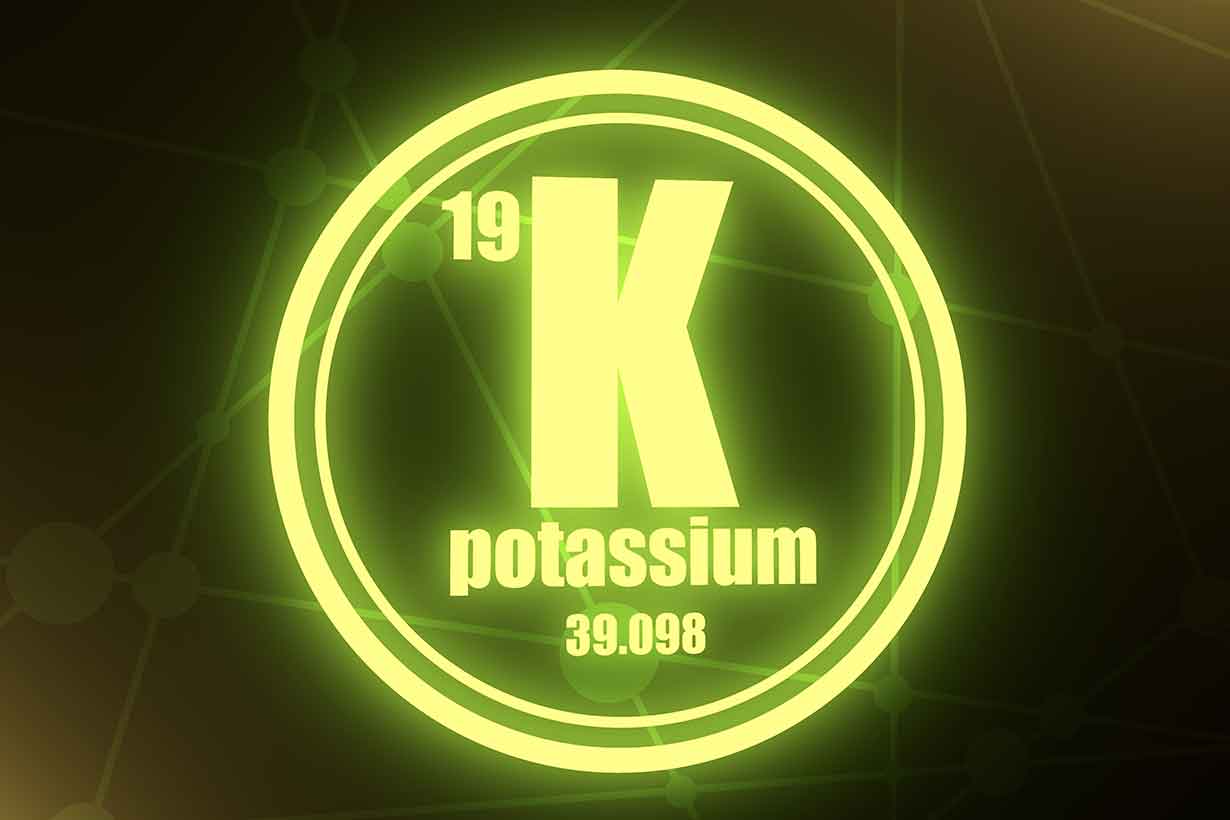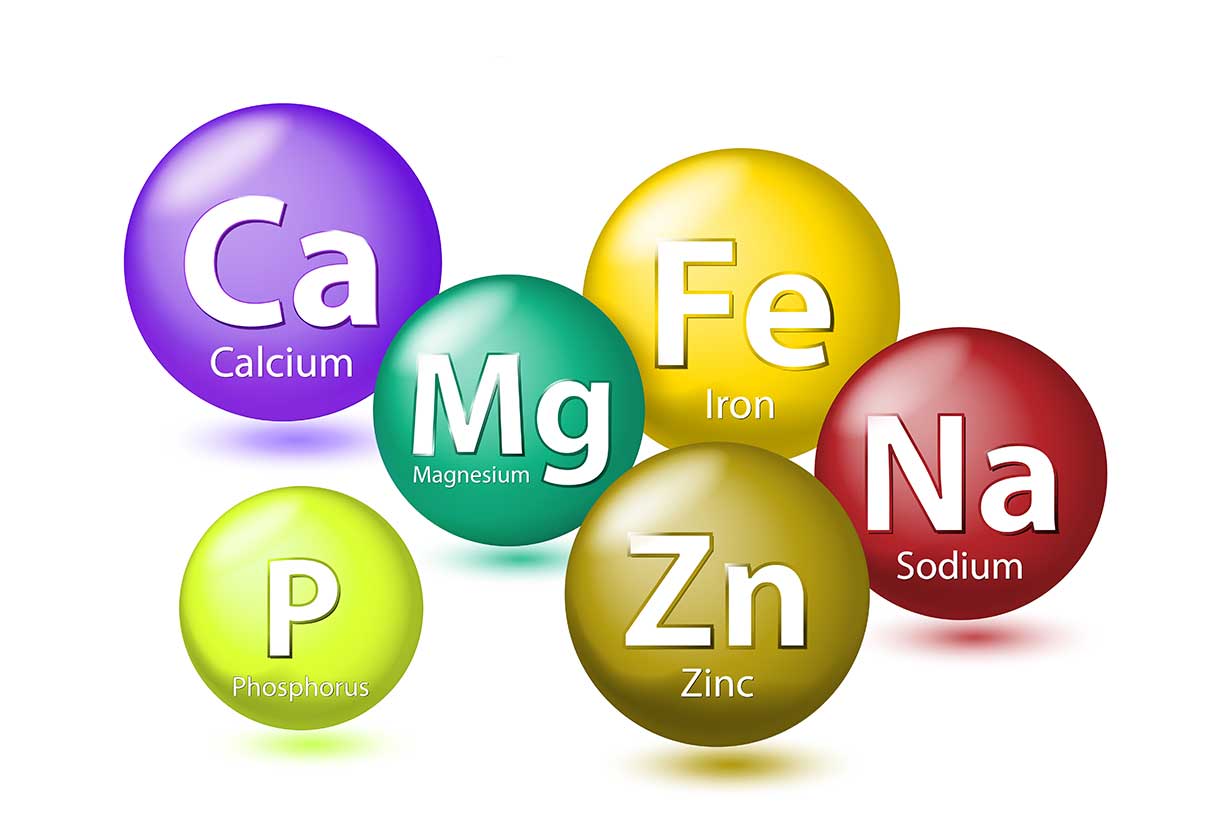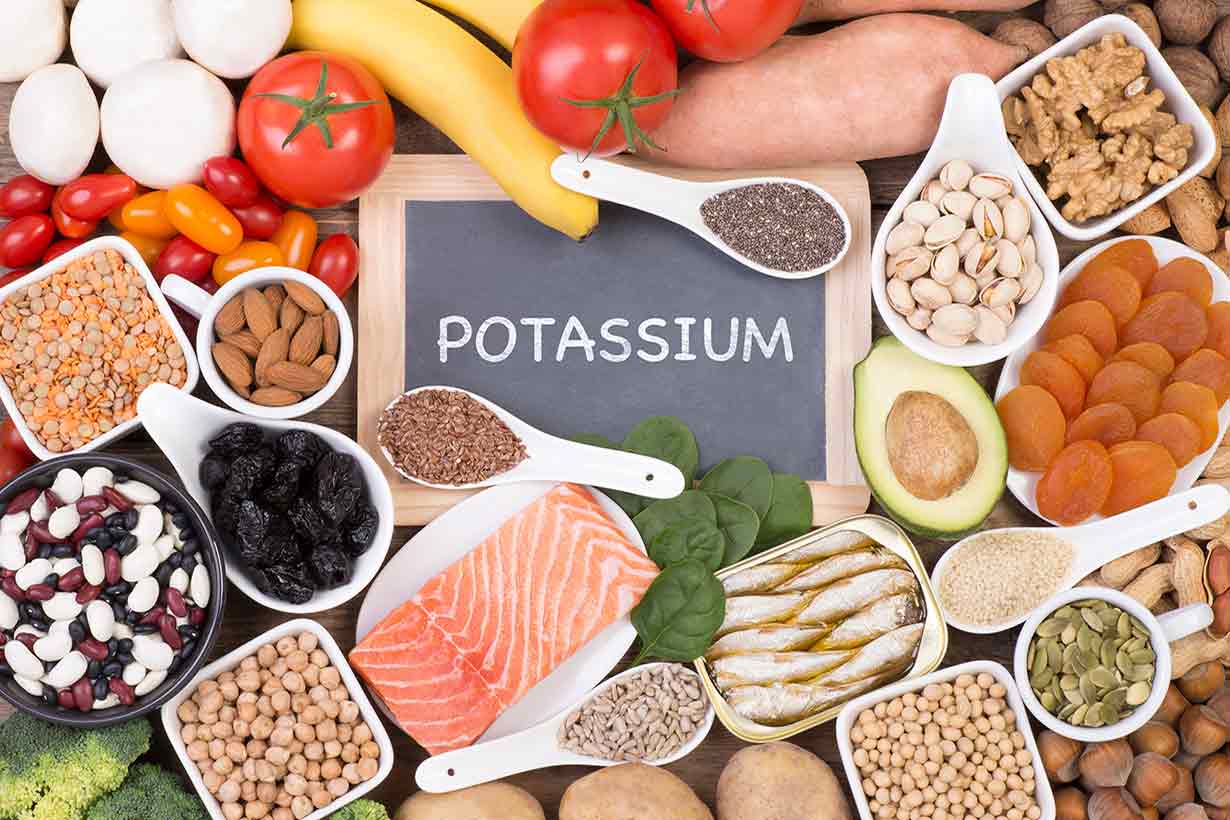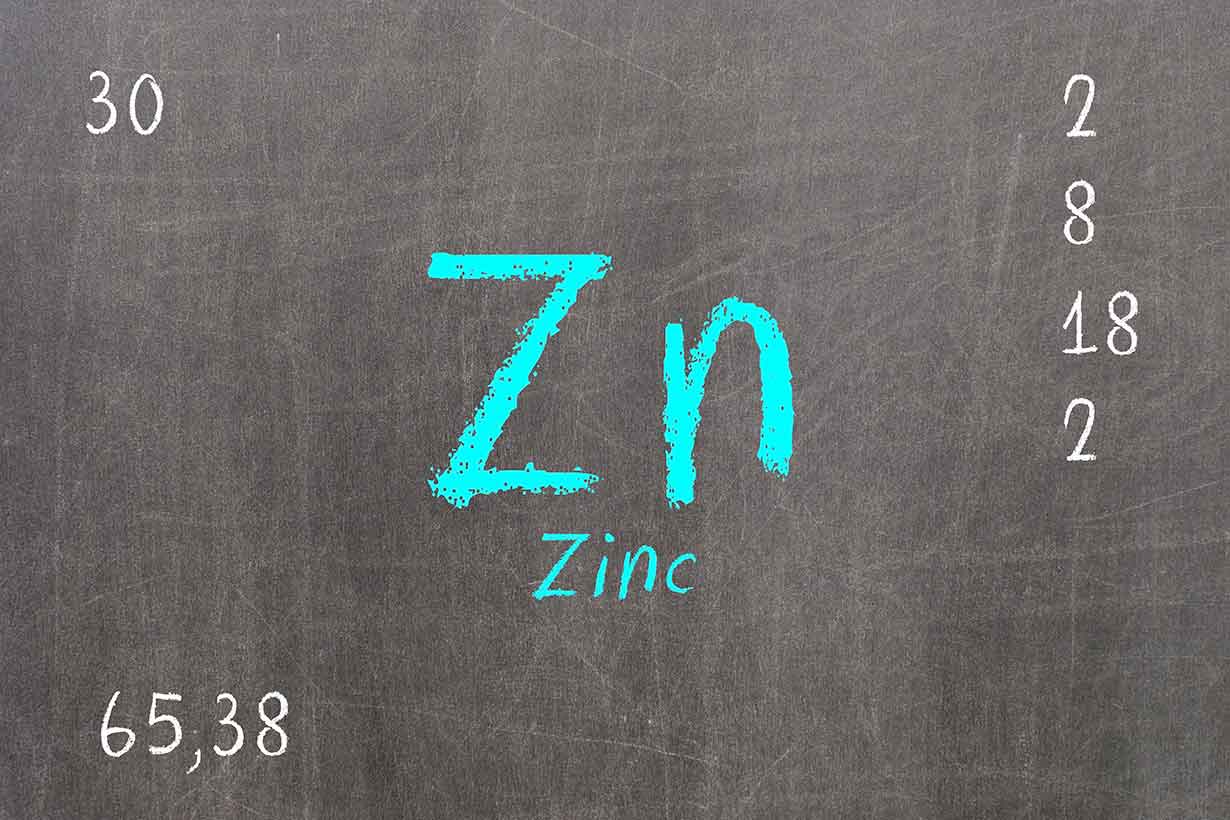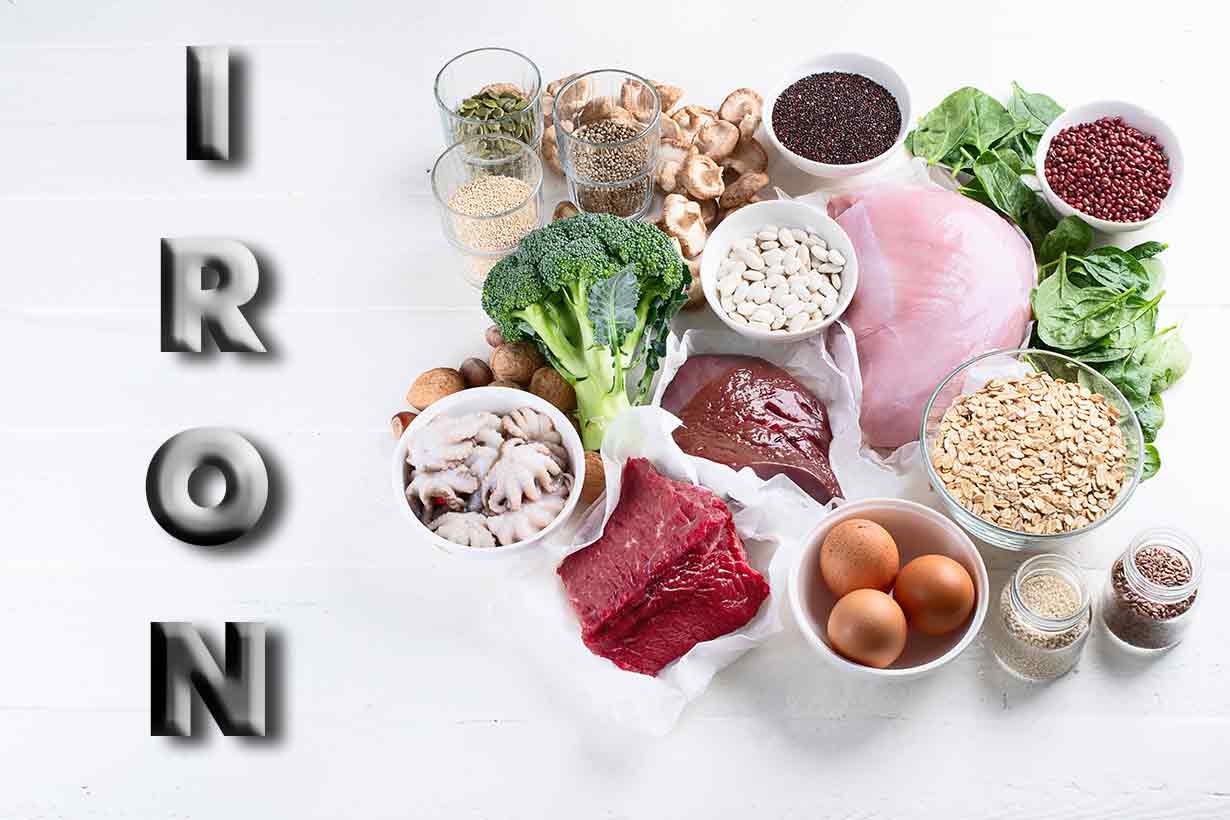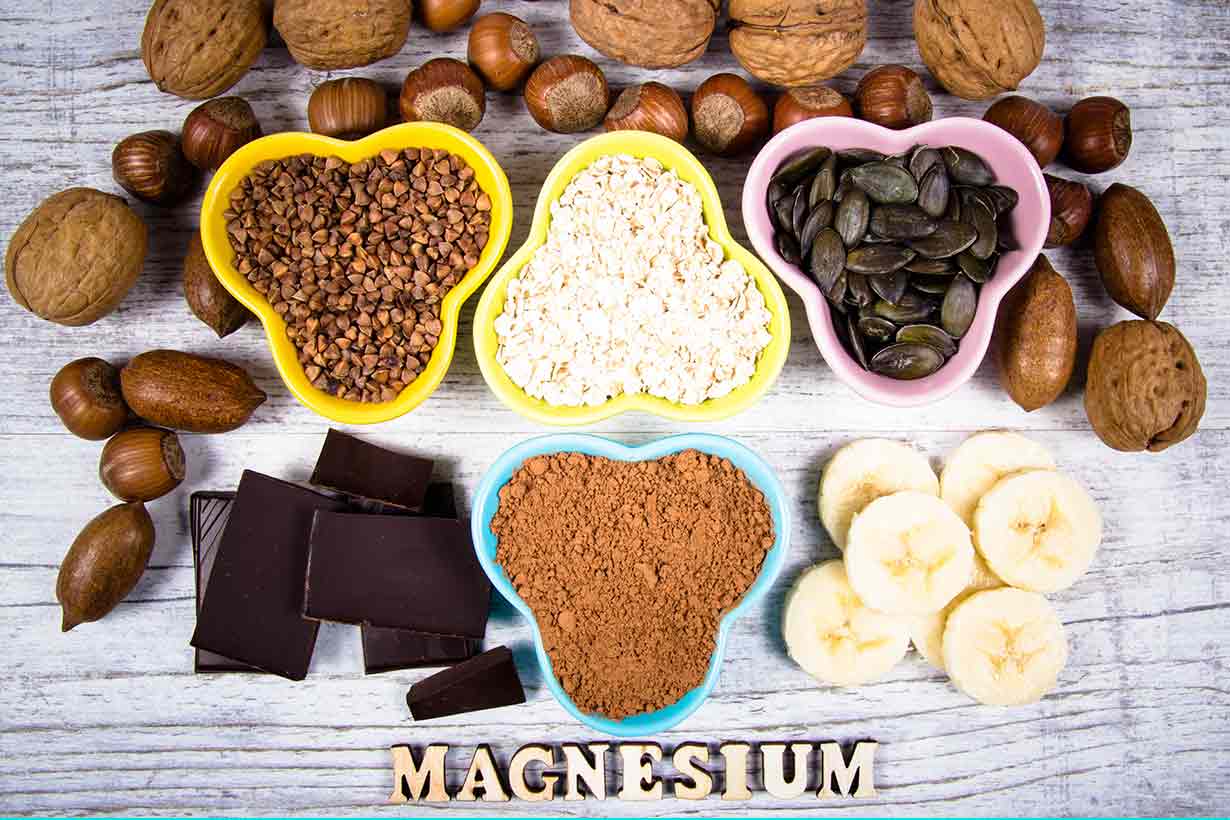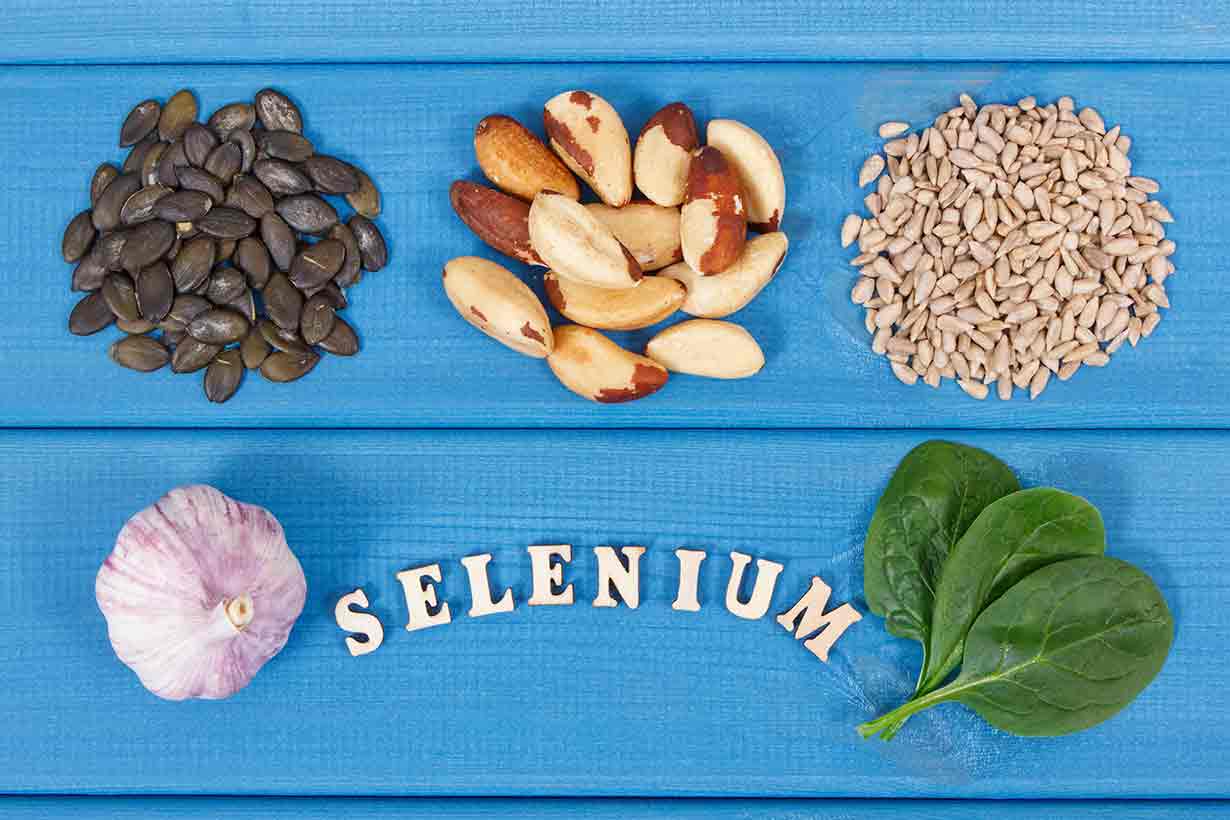Sodium is an essential mineral that plays a vital role in the human body.
However, research shows that both excessive and inadequate intake of sodium can have detrimental effects.
This article examines the functions of sodium, how much we require, research into sodium’s health effects, and significant dietary sources of the mineral.
What Is Sodium?
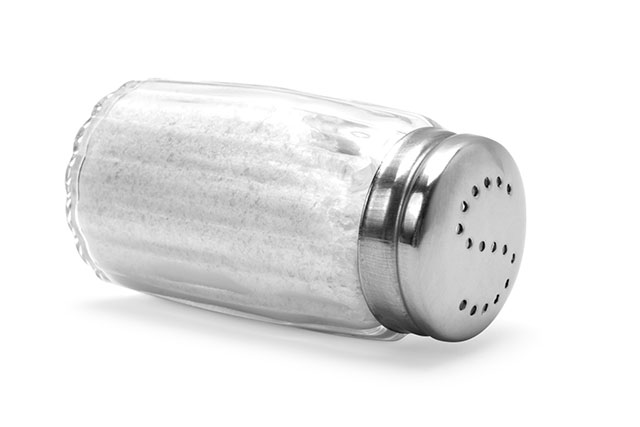
Sodium is the primary extracellular electrolyte in the body. In plain English, this means that sodium is the most prevalent electrolyte mineral in the fluid that surrounds cells.
Alongside potassium, which is the primary intracellular electrolyte, sodium plays a vital role in regulating blood pressure and fluid balance (1).
The majority of foods contain sodium, but the most prominent dietary source is table salt, which is a combination of sodium (40%) and chloride (60%) (2).
Sodium is an essential nutrient, which means that the body needs to obtain it in sufficient quantities from food to keep sodium levels in balance. The body primarily loses sodium through urinating and sweating (3).
In addition to sodium’s importance into blood pressure regulation, the mineral also plays a role in (4):
- Maintaining fluid balance in the body
- Muscular contraction
- Moving nutrients across cell membranes within the body (known as active transport)
- Nerve function
How Much Sodium Do We Require Per Day?
Various health organizations have published official guidance on sodium intake.
However, optimal sodium intake may not be identical for every individual.
Official Guidance on Salt Intake
According to the American Heart Association (AHA), the human body requires a minimum of 500 mg sodium per day for proper function (5).
To convert sodium to salt, we need to multiply the amount of sodium by 2.5. Therefore, 500 mg sodium is equivalent to 1250 mg of salt.
Furthermore, the AHA recommends “no more than 2300 mg a day,” which is 5750 mg of salt.
This upper limit guidance from the AHA matches the latest Dietary Guidelines for Americans. These dietary guidelines recommend a maximum sodium intake of 2300 mg per day (6).
Despite these recommendations, research published by the Centers for Disease Control (CDC) suggests that the average American is consuming approximately 3400 mg of sodium daily (7).
According to the CDC, 71% of this sodium intake comes from processed foods, and 40% comes from the following ten foods (8, 9):
- Bread
- Pizza
- Sandwiches
- Cold cuts
- Soups
- Burritos and tacos
- Savory snacks (potato chips, crackers, etc.)
- Chicken
- Cheese
- Eggs and omelets
This CDC data is interesting because several of these foods aren’t generally thought of as being particularly salty.
Certain Groups of Individuals May Require Higher or Lower Sodium Intake
First of all, the recommended sodium intake is aimed at the average person, so it may not always be suitable for every individual.
Groups That May Require Higher Sodium Intake
Certain population groups, such as endurance athletes and elite sports players, may require slightly higher sodium than the average person.
Since these individuals will lose more sodium through sweat, their absolute sodium intake could be higher than the average person.
According to the International Society of Sports Nutrition (ISSN), increasing dietary salt intake in the initial days of training in heat can “help maintain fluid balance and prevent dehydration” (10).
Furthermore, the American College of Sports Medicine (ACSM) recommends 300 mg to 600 mg sodium per hour for athletes during prolonged exercise with high sweat rates (11).
However, these figures are best estimates, and every individual will have a unique level determined by the particular exercise, sweat rate, and more. For this reason, athletes generally work with their sports nutritionist to determine an optimal nutrition plan.
Groups That May Require Lower Sodium Intake
Research shows that some individuals may benefit from keeping their sodium intake toward the lower end of requirements.
For instance, high sodium intake can significantly raise blood pressure in individuals with salt sensitivity (12).
Also, some individuals with a genetic predisposition for hypertension have a reduced ability to regulate sodium levels. These individuals with genetic hypertension may have an increased rate of renal reabsorption of sodium, which occurs in the tubules leading from the kidney (13).
The American Heart Association recommends an “ideal amount” of no more than 1500 mg sodium per day, “especially for those with high blood pressure” (14).
Recent Scientific Research Findings On Sodium Intake and Blood Pressure
Now that we have examined the official guidance on sodium intake, this section will look at recent research on sodium intake and blood pressure.
For this purpose, we will primarily focus on the highest level of research studies: dose-response meta-analyses and systematic reviews of randomized controlled trials.
Graudal, N., Hubeck-Graudal, T., Jurgens, G., Taylor, RS. (2019).
- Title: Dose-response relation between dietary sodium and blood pressure: a meta-regression analysis of 133 randomized controlled trials.
- Summary: This was a dose-response meta-analysis of 133 randomized controlled trials that examined how sodium restriction or regular sodium intake affected individuals.
- Finding 1: In participants with existing high blood pressure, there was a linear dose-response relationship between sodium restriction and decreased blood pressure.
- Finding 2: There was only a weak association between sodium restriction and blood pressure in individuals that did not have existing high blood pressure. Only those with blood pressure within the highest 25th percentile of the population had a clinically significant drop in blood pressure.
- Available from: https://academic.oup.com/ajcn/article-abstract/109/5/1273/5480600
Leyvraz, M et al. (2018).
- Title: Sodium intake and blood pressure in children and adolescents: a systematic review and meta-analysis of experimental and observational studies.
- Summary: This was a systematic review of 85 studies featuring a total of more than 58,000 participants. The study examined both experimental and observational studies on the effects of sodium intake on children under the age of 18.
- Finding 1: There was a linear relationship between increased sodium intake and higher blood pressure. However, the effect was relatively small. In a dose-response analysis, every extra gram of sodium per day was associated with a 0.8 mm Hg increase in systolic blood pressure and a 0.7 mm Hg increase in diastolic blood pressure.
- Finding 2: There was a much stronger relationship between sodium and increased blood pressure when potassium intake was low.
- Finding 3: Sodium had a more significant impact on blood pressure in children classed as overweight or obese.
- Available from: https://academic.oup.com/ije/article/47/6/1796/5046034
Mahtani, KR et al. (2018).
- Title: Reduced Salt Intake for Heart Failure: A Systematic Review
- Summary: A systematic review that examined nine studies featuring 479 participants on the effects of sodium intake in patients with existing heart failure.
- Finding 1: There was “inconclusive” evidence for the effects of reducing dietary salt intake. The data was not sufficiently robust to either support or refute the existing dietary salt guidance.
- Available from: https://jamanetwork.com/journals/jamainternalmedicine/article-abstract/2712563
Graudal, NA., Hubeck-Graudal, T., Jurgens, G. (2018).
- Title: Effects of low sodium diet versus high sodium diet on blood pressure, renin, aldosterone, catecholamines, cholesterol, and triglyceride.
- Summary: A Cochrane systematic review that analyzed the data from 167 randomized clinical trials.
- Finding 1: The impact of sodium reduction depended on the existing blood pressure of the groups lowering their intake.
- Finding 2: On average, sodium reduction lowered blood pressure by 1% in people with normal blood pressure. In contrast, decreasing sodium intake reduced blood pressure by 3.5% in individuals with hypertension.
- Finding 3: Reducing sodium intake affected specific populations in different ways. For example, in hypertensive Caucasians, sodium reduction lowered systolic blood pressured by 5.48 mm Hg and diastolic blood pressure by 2.75 mm Hg. However, in hypertensive Asian participants, systolic and diastolic blood pressure reduced by 10.21 mm Hg and 2.60 mm Hg, respectively.
- Available from: https://www.ncbi.nlm.nih.gov/pubmed/22071811
Mente, A et al. (2018).
- Title: Urinary sodium excretion, blood pressure, cardiovascular disease, and mortality: a community-level prospective epidemiological cohort study.
- Summary: An investigation into the associations between mean sodium and potassium intake with cardiovascular disease and mortality. This research used data from the Prospective Urban Rural Epidemiology (PURE) study that featured 95,767 participants across 369 communities.
- Finding 1: On average, systolic blood pressure increased by 2.86 mm Hg for every gram increase of sodium intake.
- Finding 2: Sodium intake was only associated with cardiovascular disease and stroke in communities that consumed more than 5 grams per day. Five grams of sodium is equivalent to 12.5 grams of salt.
- Finding 3: A moderate salt intake (3 to 6 grams per day) was associated with the lowest risk of mortality. Salt intake over six grams or under three grams increased mortality risk compared to this range.
- Finding 4: A higher potassium intake had a strong association with improved outcomes, regardless of sodium intake.
- Available from: https://www.thelancet.com/journals/lancet/article/PIIS0140-6736(18)31376-X/fulltext
Wong, MY et al. (2016).
- Title: The science of salt: A regularly updated systematic review of salt and health outcomes.
- Summary: A systematic review of two meta-analyses and eleven observational studies.
- Finding 1: The impact of sodium reduction depended on the existing blood pressure of the groups lowering their intake.
- Finding 2: On average, sodium reduction lowered blood pressure by 1% in people with regular blood pressure. In contrast, decreasing sodium intake reduced blood pressure by 3.5% in individuals with hypertension.
- Finding 3: Reducing sodium intake affected specific populations in different ways. For example, in hypertensive Caucasians, sodium reduction lowered systolic blood pressured by 5.48 mm Hg. However, in hypertensive Asian participants, systolic blood pressure was reduced by 10.21 mm Hg.
- Available from: https://onlinelibrary.wiley.com/doi/full/10.1111/jch.12970
Summary of Recent Research
According to these recent systematic reviews and large-scale observational studies:
- Increasing sodium intake generally leads to small increases in systolic and diastolic blood pressure. Each gram of higher sodium intake appears to raise blood pressure in a dose-response manner.
- Sodium reduction appears to have a small impact on blood pressure in individuals with normal blood pressure.
- Reducing sodium intake has a more pronounced effect in individuals with hypertension/high blood pressure.
- According to PURE, a large-scale dietary study, moderate salt intake (3-6 grams) is associated with better outcomes than both high or low salt intake.
The Importance of the Sodium to Potassium Ratio
In addition to absolute sodium intake, it is also prudent to consider the mineral potassium.
The main reason for this is because sodium and potassium have a joint role in regulating blood pressure. While sodium can increase blood pressure, potassium can decrease it (15).
Furthermore, a wide range of studies demonstrates that the dietary ratio of sodium to potassium plays a primary role in determining blood pressure.
A systematic review of 171 studies, which included 48 randomized controlled trials, found that (16):
- Increasing potassium intake led to significant reductions in blood pressure.
- Participants that had a sodium to potassium ratio closer to that which is considered ideal (1:1) had lower blood pressure.
Additionally, a systematic review that analyzed the impact of the sodium and potassium ratio on stroke risk demonstrated that (17):
- There was a linear increase in stroke risk as the sodium to potassium ratio increased. This relative risk was more considerable than the relative risk that came from solely increasing dietary sodium intake.
- Reducing the dietary sodium to potassium ratio decreased stroke risk.
Sodium Deficiency
A low blood level of sodium is known as hyponatremia.
Generally speaking, insufficient levels of sodium are unrelated to dietary choices.
However, several conditions can lead to low sodium levels, and these may include (18):
- Excessive water intake
- Ulcerative colitis
- Excessive use of diuretics
- Diarrhea
- Severe vomiting
- Kidney failure
- Heart failure
According to the Linus Pauling Institute at Oregon State University, symptoms of hyponatremia may include (19):
- Disorientation
- Fatigue
- Feeling faint
- Headache
- Muscular cramps
Severe hyponatremia requires urgent medical attention since it can potentially lead to coma or death (20).
Furthermore, several large cohort studies link mild long-term sodium deficiency to increased risk of cardiovascular disease and stroke (21, 22).
Final Thoughts
Salt is in almost all packaged foods, and many people consume too much of it.
However, sodium is an essential nutrient, which means that we can also eat too little.
In other words, it is important to maintain sufficient—but not excessive—levels of sodium.
Based on existing research, it appears that moderate salt intake is ideal rather than both low or high intake levels.
It is also worth remembering that iodized salt is an excellent way to increase iodine intake.
For more mineral guides, see this article on iron.

